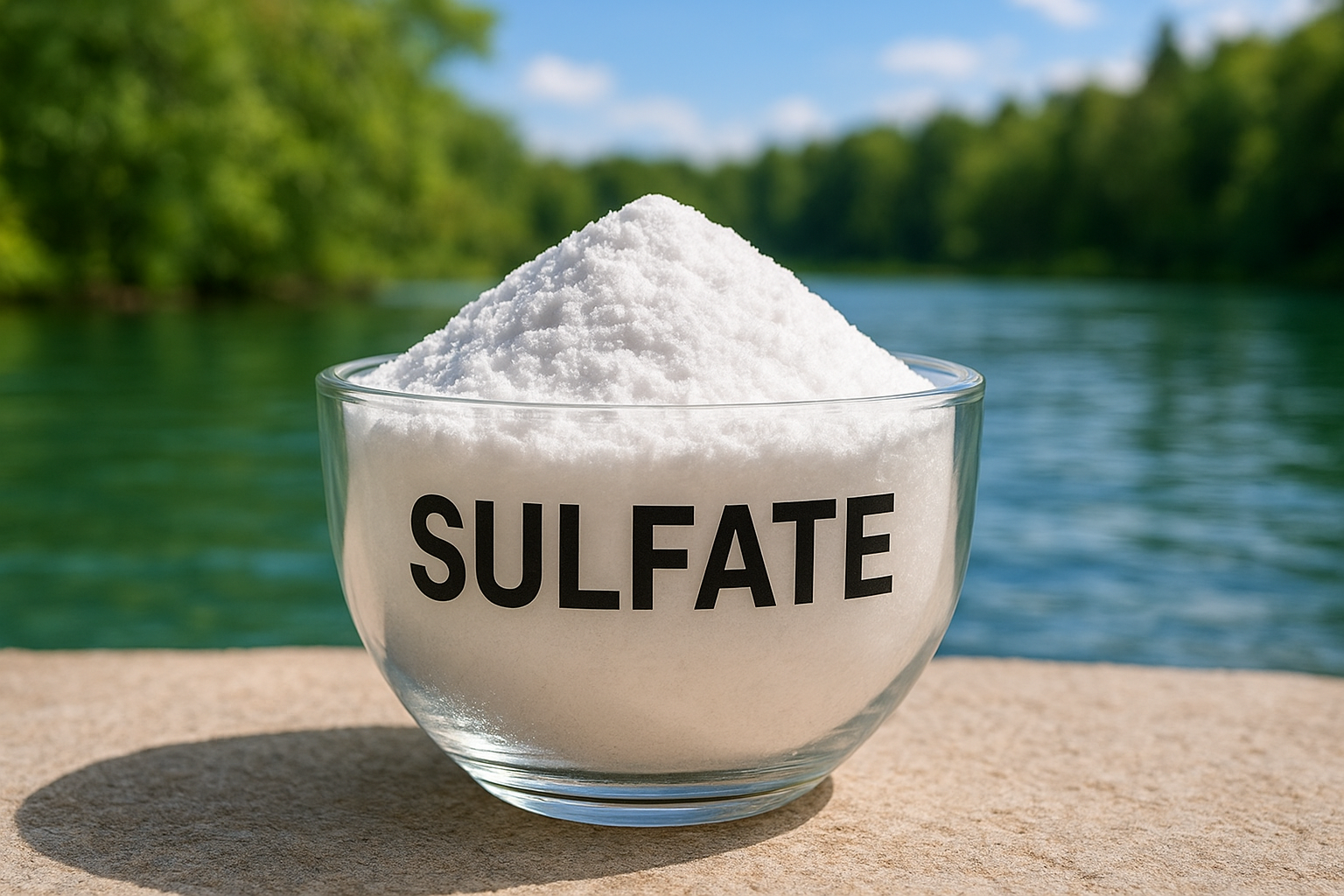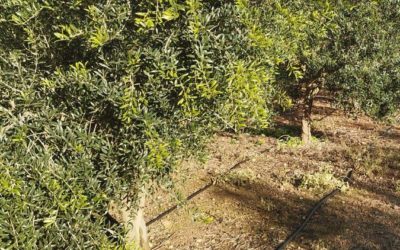We sometimes get asked by customers whether https://aguaris.com/en/product-vulcan/ can also help with high sulfate concentrations.
In many regions and branches, sulfate accumulates in water and, in addition to the usual limescale problems, causes high costs for cleaning supplies and machinery. Sulfate (e.g., gypsum) can “petrify” limestone by depositing itself in its pores and interstices, thereby solidifying it. This petrified limestone cannot be dissolved with https://aguaris.com/en/vulcan-technology/ or other physical water treatment systems.
BUT: We conducted tests in various cases and with different sulfate concentrations in relation to total hardness. So we have learned, that Vulcan works good against limescale problems with a ratio of ~ 25 % sulfate to 75 % total hardness. On the other hand, a negative test with a ratio of almost 1 to 1 (sulfate 2286 mg/l / total hardness 1950 mg/l) showed that sulfate petrifies the lime too much here and Vulcan was unable to achieve good
results.
“These results are only examples and may vary depending on the water composition.
The client can use the HESR Technology (High Efficiency Sulfat Reduction) to filter out the sulfate and then treat the water after it with https://aguaris.com/en/solutions/”
(Quote from VULCAN manufacturer CWT International,
Berlin)
We look forward to discussing your case and the possible treatment outcomes! Contact us now.

Where can sulphate be found?
Sulphate can enter water naturally when it leaches from gypsum-rich rocks or forms through processes such as rock weathering, volcanic activity, or the breakdown of organic matter.
In addition, human activities—like the use of agricultural fertilisers or mining operations—can further elevate sulphate levels in water.
Natural Sources:
Rock:
Many rocks naturally contain sulphate, especially gypsum (calcium sulphate). Weathering: Over time, rocks break down, releasing sulphate.
Volcanism:
Volcanoes and volcanic gases can release sulphate into the environment.Decomposition of organic matter: The breakdown of plant and animal remains can produce sulphate.
Human sources
Agriculture:
Fertilisers such as ammonium sulphate and potassium sulphate raise sulphate levels in groundwater.
Mining:
Lignite mining releases sulphate through oxidation of sulphides.
Landfills:
Unsealed construction waste sites can leach gypsum-containing materials.
Fossil fuels:
Combustion releases sulphates, which enter water via acid rain.
Sulphate in water:
Mineral water is considered sulphate-rich from 200 mg/l; often slightly bitter and digestive. Drinking water limit: 250 mg/l. Medicinal water can exceed 1200 mg/l.High concentrations may cause diarrhoea in sensitive individuals.






0 Comments